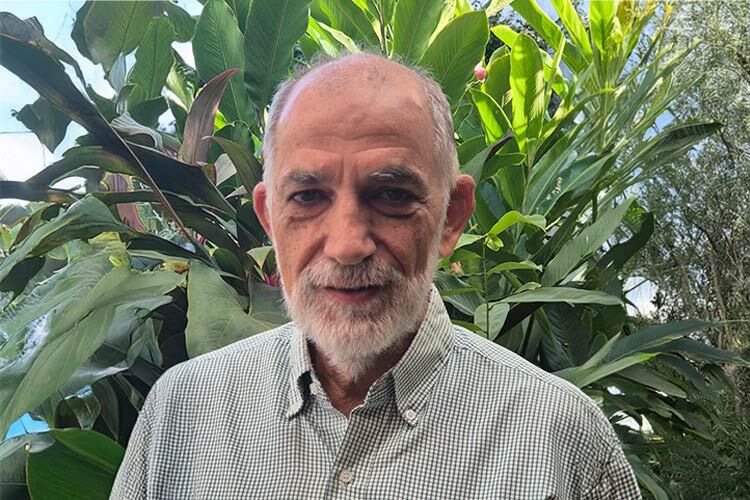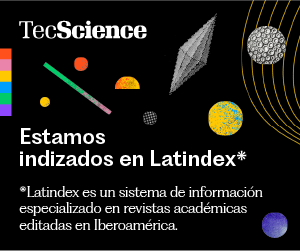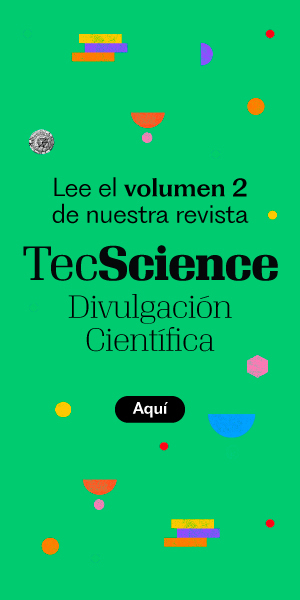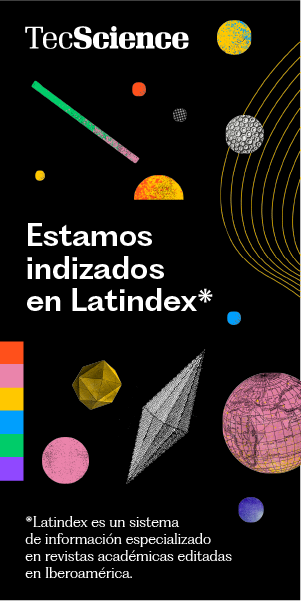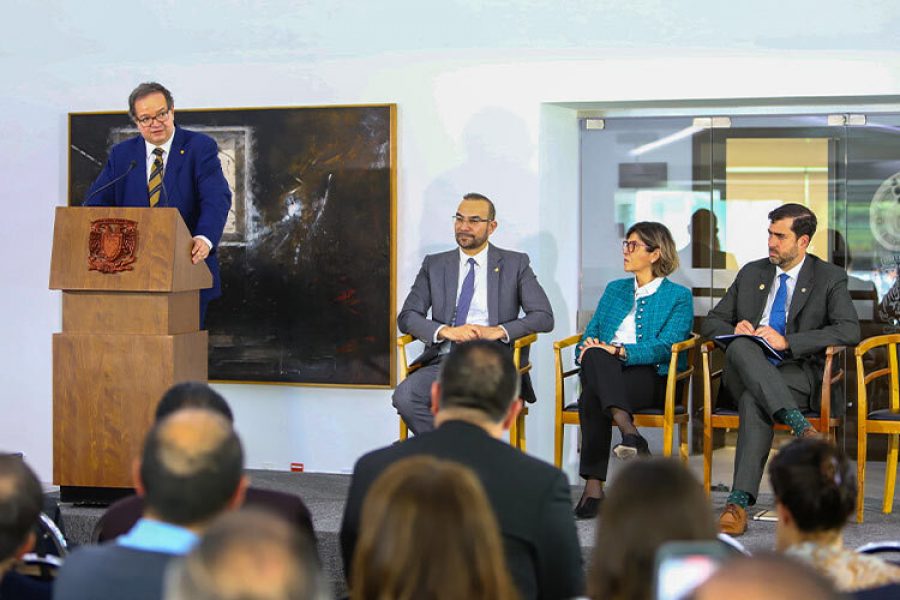Since beginning his professional career four decades ago, Pablo Liedo has been part of a project that has transformed pest control strategies worldwide. This method has proven effective in curbing the reproduction of insect species like the Mediterranean fruit fly and the Aedes aegypti mosquito, which are responsible for causing severe agricultural damage and transmitting diseases such as dengue.
The strategy they employ is precise, affecting only the target insect and no other species, unlike insecticides that can cause mass deaths of pollinators. Additionally, this technique leaves no trace in the ecosystem where it’s implemented, making it environmentally friendly. It does, however, use a bit of nuclear energy.
How Pablo Liedo’s Career Began
It was 1978 when Pablo Liedo, a young agricultural engineer fresh out of Tec de Monterrey, began working with entomologist Dieter Enkerlin on deploying the Sterile Insect Technique (SIT) in Mexico.
This is a birth control strategy where thousands of previously sterilized insects are released into areas affected by a pest. Although these insects are of the same species that originally caused the problem, the difference is that those released by scientists will attempt to mate unsuccessfully. They achieve this by exposing the insects to small doses of radiation while their reproductive organs are developing. Thus, when they encounter the flies or mosquitoes causing havoc on the site, they will attempt to mate, and soon after, all those insects will naturally die without having been able to leave offspring to replace them. In this way, the population of the target pests begins to decline.
Such was the case with the Mediterranean fruit fly, the project with which Pablo Liedo began using this technique. Their success led them to expand their efforts to other insects, such as the screwworm, and more recently, Aedes aegypti.
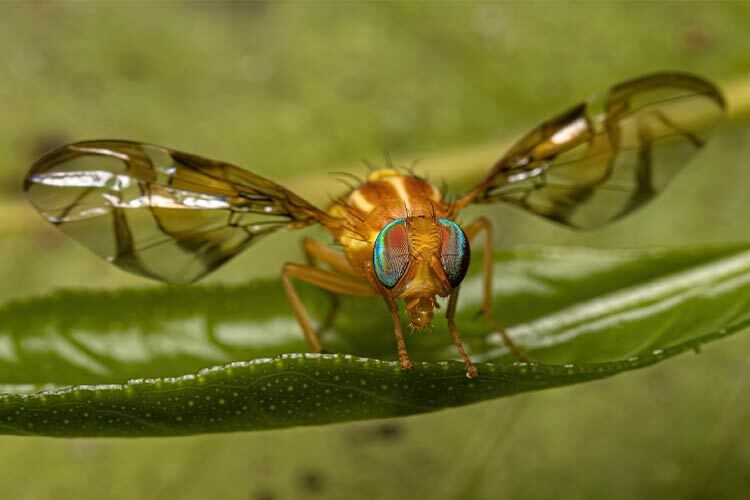
Pablo Liedo’s Contributions to Pest Control
For this entire trajectory, in 2025, Liedo was recognized with the EXATEC Merit Award for outstanding graduates of Tec de Monterrey. Although he is grateful for the award, he argues in an interview with TecScience that his work “is not that big a deal.”
However, the advancements he and his colleagues made in implementing the sterile insect technique made Mexico a pioneer in pest control.
“Mexico is a country that has excelled in the application of the sterile insect technique worldwide. The screwworm case was iconic, and, together with the United States, we were the two countries that implemented this technique at an unprecedented level globally. It is the most successful case in pest control history,” Liedo explains, though he also clarifies that these efforts are currently being reversed.
Before the work done by Pablo Liedo and his colleagues at El Colegio de la Frontera Sur (ECOSUR), these sterile insects had only been released in delimited areas, without the intention of controlling these pests at a regional level.
The first experiment aimed at proving the effectiveness of this large-scale technique was in Mexico, and it was to control the Mediterranean fruit fly. At that time, Liedo was still working at MoscaMed, Enkerlin’s initiative. He recalls the persuasion efforts they had to make for the Mexican authorities to allocate resources to their initiative:
“An analysis done at that time showed that the benefit-cost ratio was very favorable for making that investment. It was said then that, if the Mediterranean fruit fly were introduced [to Mexico], losses could be in the order of 500 million dollars annually. And the cost of the program at that time was estimated to be 7 million dollars annually.”
When Pablo joined this program, the sterile fly production plant was already under construction in the municipality of Metapa, Chiapas. After the construction was completed in the late seventies, this Mediterranean fruit fly factory began producing 500 million fly pupae per week.
“Shortly before the emergence [of the fly] is when they are irradiated to induce sterility. This is done at that moment because most of the organism is already formed, and the tissues are no longer growing, except for the sexual organs. These develop last, sometimes already in the adult stage. So, in this way, we avoid undesired damage to the insect from irradiation, and the damage is concentrated on reproduction,” the researcher adds.
Within a few years of the plant’s operation, in 1982, Mexico declared itself free of the Mediterranean fruit fly pest. This success was later replicated for the fly responsible for the screwworm pest. By that time, Liedo was no longer part of MoscaMed.
In 1983, he went to the University of Southampton in England to pursue his master’s in pest control. After finishing, he went to the University of California-Davis, in the United States, for a doctorate in entomology. Upon his return, his mentor, Dieter Enkerlin, recommended that he leverage his aptitude for scientific research, so he recommended him to work at ECOSUR, where he has remained for 35 years. In 1998, he became the Director General of this college, and in 2008, he returned to his position as a full-time researcher.
The next target was dengue and its main transmitter, Aedes aegypti: “We had a project here in Tapachula, but it wasn’t at ECOSUR; rather, we collaborated with the Regional Public Health Research Center, which depends on the National Institutes of Public Health.”
This center requested funding from the International Atomic Energy Agency, which has been one of the main promoters of the sterile insect technique. It was approved and also began receiving support from the National Center for Disease Prevention and Control (CENAPRECE). However, the COVID-19 pandemic arrived, and all efforts had to focus on controlling that crisis.
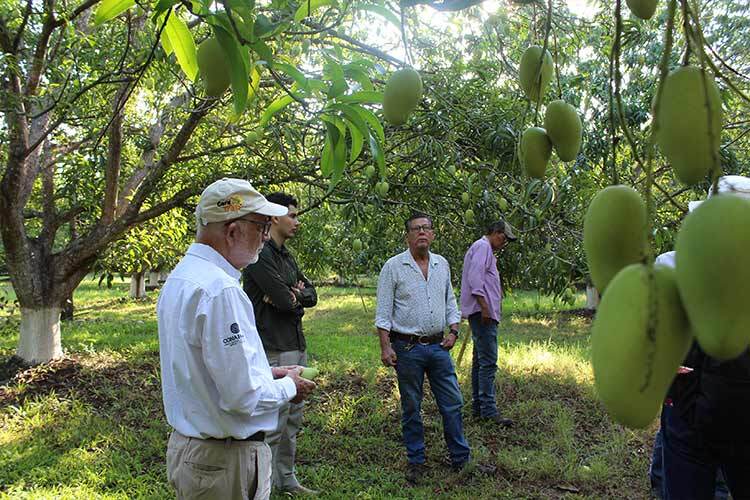
What’s Next for Pest Control in Mexico?
Currently, in addition to SIT, Mexico also has dengue control projects using a bacterium called Wolbachia. This pathogen, very common in other insects and harmless to animals (including humans), prevents the mosquito from transmitting diseases.
Thus, similar to sterile insects, millions of Aedes aegypti inoculated with the bacterium are produced, then released to replace the mosquito population of a region. The program has been successfully tested in several cities in Brazil and is beginning to arrive in Mexico.
Faced with these two options, Liedo believes that one does not necessarily have to choose one over the other.
“Mexico and CENAPRECE are in an ideal condition because they can compare the different alternatives. There is the Baja California Sur project, which is replacement [Wolbachia], there is the Yucatán project, which combines both [SIT and Wolbachia], and there is the Chiapas project, where we are using only the sterile insect technique.”
“They don’t need to make a decision on what the strategy will be in Mexico. They can see what results from these pilot projects and, based on that, define the strategy.”
He does, however, consider insecticides a last resort, because in addition to their collateral damage, they can lead to resistance in some species: “I tell the students here that I bet any case of insecticide application ends with the development of resistance.”
Interested in this story? Want to publish it? Contact our content editor to learn more: marianaleonm@tec.mx
